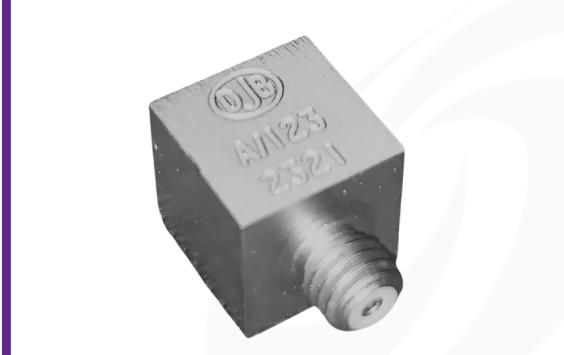What is mass loading?
Mass loading occurs when the weight of an accelerometer changes the natural frequency of the structure or component it’s attached to. In simple terms, the sensor adds mass, and that added weight can distort your results, especially when measuring lightweight or sensitive test items.
Even a small change in system dynamics can reduce test accuracy, which is why mass loading is a key factor in sensor selection.
Why it matters
Incorrect sensor choice — particularly one that’s too large or heavy — can lower the test subject’s natural frequency and lead to under- or over-reported vibration levels. This can cause false conclusions about component performance, fatigue, or durability.
Watch the video
The short video below demonstrates the real-world effects of mass loading using practical examples. You'll see how accelerometer size and placement can dramatically change a test result — and why choosing the correct sensor matters.
Need help selecting the right accelerometer?
If you’re concerned about the impact of mass loading or are unsure which sensor suits your test setup, we’re here to help.
Contact our experts or call us on +44 (0)1638 71 22 22

In-depth articles, guides, and technical insights
Dive into DJB’s growing library of expert-written resources, including technical articles, selection guides, and in-depth explainers on accelerometers, cables, and signal conditioning.
Whether you’re specifying new sensors or troubleshooting complex setups, our content is designed to support your success.






